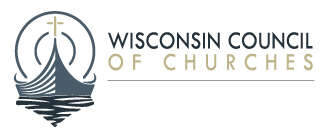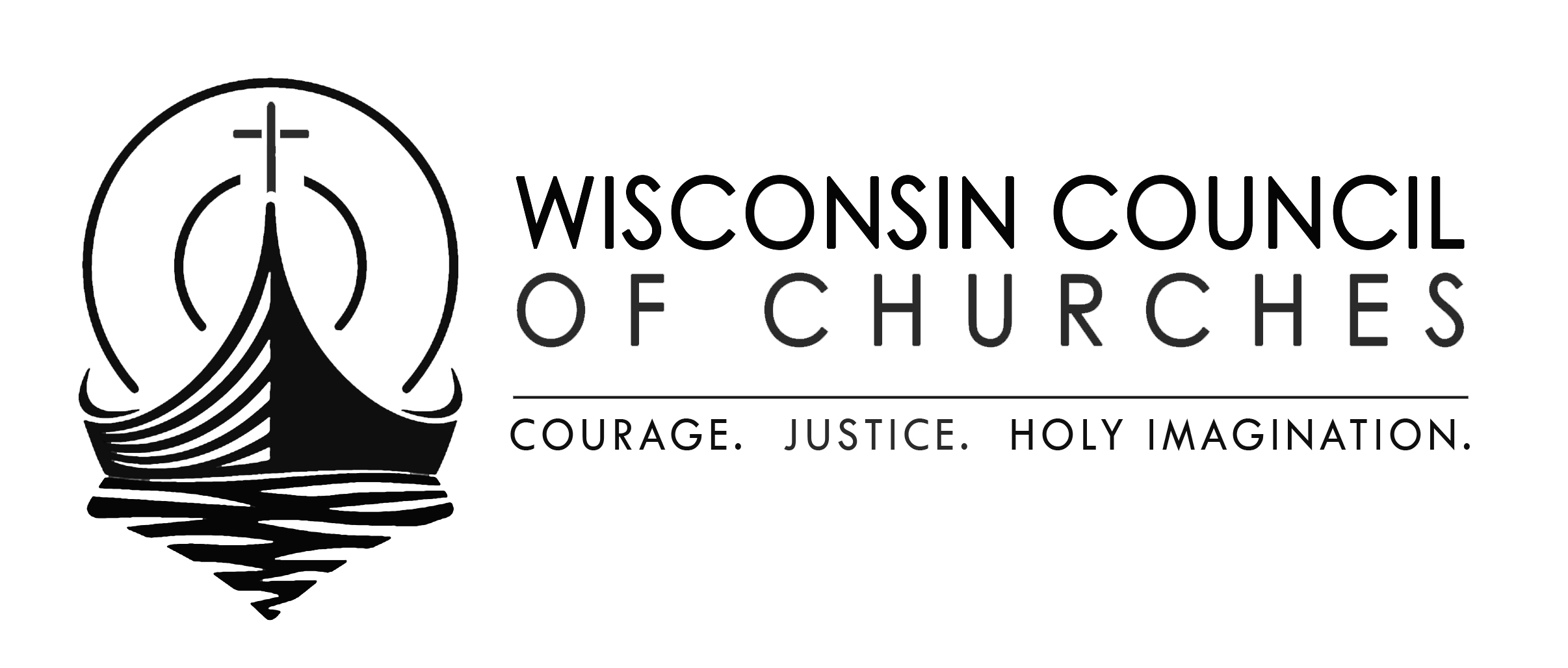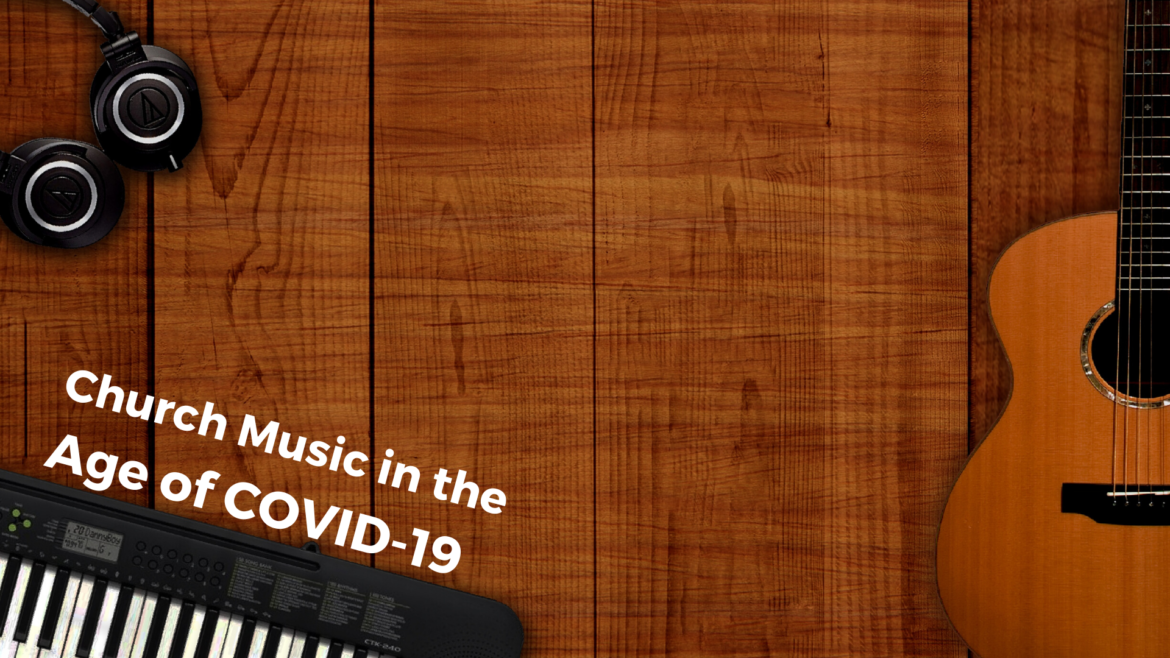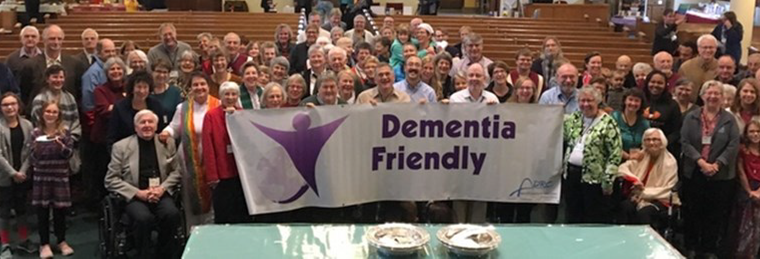Praise the Lord! Praise God in his sanctuary; praise him in his mighty firmament!
Praise him for his mighty deeds; praise him according to his surpassing greatness!
Praise him with trumpet sound; praise him with lute and harp!
Praise him with tambourine and dance; praise him with strings and pipe!
Praise him with clanging cymbals; praise him with loud clashing cymbals!
Let everything that breathes praise the Lord! Praise the Lord!
~ Psalm 150 (NRSV)
INTRODUCTION
As churches evaluate their plans for resuming worship in public space as a gathered community, it is important to weigh the risks and benefits of various activities that are elements of common worship. The Wisconsin Council of Churches has consulted with public health experts, other scientists, and church musicians in developing this brief outline. We hope this will assist you in creating – and communicating about – church music plans which continue the long history of music that soothes and inspires the soul, while still keeping parishioners reasonably safe in the time until a vaccine for COVID-19 is widely available.
RISK ASSESSMENT
Medical, science and public health experts have offered us these reflections, grounded in scientific literature:
- Coughing and sneezing create relatively larger droplets which settle to the ground or surfaces more rapidly and don’t travel far (<6 feet). The vibrations of speaking and singing create aerosols: super-fine droplets which hang in the air for much longer, and can travel longer distances.
- Compared to just breathing (which does produce a certain level of aerosols), talking produces about 10x more aerosols, and singing about 60x more. Wind instruments also generate aerosols; a 2011 paper suggested that a vuvuzela might create 100x the aerosols of just breathing.
- Volume matters. The quantity of aerosols generated when talking depends on how loud the speech is (the louder, the more aerosols). This may be one of many factors that makes singing more dangerous. Another factor may be that the deep breathing of singing inhales these aerosols deeper into the lungs.
- Cloth face coverings are important general protection, because they are reasonably good at blocking larger droplets from escaping the immediate area of the wearer’s mouth and nose – thus providing some protection to other people in the area. They are less effective at protecting the wearer from inhaling those droplets, and they are much less effective at blocking fine-particle aerosols in either direction (being exhaled from the wearer, or being inhaled by the wearer from someone else’s exhalations). Cloth face coverings should not be relied upon to be protective in the case of singing.
THE BOTTOM LINE
- There seems to be ample evidence to suggest that singing creates a quantity of fine aerosols that can stay suspended in the air for long periods of time, move with air currents, and stay infectious for many hours, exposing virtually everyone in a building. Our sources strongly recommend against singing indoors in public until a vaccine is widely available and widely used. For similar reasons, the use of wind instruments should also be avoided.
SO…WHAT CAN WE DO?
- Piano, electronic keyboard, organ, stringed or percussion instruments should all be fine for use in the sanctuary as we gather. Remember to have members of an ensemble keep space between themselves on the platform.
- Use recorded music played over the sound system rather than live music. Be creative: apply technology to do things in new ways. Just remember – no sing-alongs by the congregation, for safety’s sake!
- If your church has some musically inclined family members who are already living together, they could record their singing from home, and it could be played during the service, either audio or audio-video.
- Remotely record individual choir members with a sync track to create a virtual choir video. (Give yourself time – it’s a complex project, but exciting to see the finished product.)
- Outdoor worship allows for greater social distancing than indoor worship, and it would be possible to have a cantor sing a greater distance away from the people, with particles dispersing more widely rather than hanging in the air inside a building. Having the congregation sit in household groups at least six feet apart, and using face masks would continue to be essential. We would still recommend no congregational singing, even outdoors. Be aware that this is a calculated risk, and raises other logistical issues such as crowd control.
- Some pastors have suggested the idea of congregations humming along to music. While our experts haven’t found anything in the scientific literature, they infer that the risk is likely to be intermediate between talking and singing. Loud humming seems unwise; soft humming with a face covering might represent a reasonable risk. Set a policy for your church, educate the congregation, and adhere to it. Again, be aware that this is a calculated risk to which you are obligating the entire body.
- Encourage singing sacred music in the home. It can be a judgment free environment! Send hymnals or songbooks home temporarily; offer PDFs of a weekly or monthly song if your copyright licenses allow; send links to Youtube videos, or a recording of your worship leaders; create themed playlists of sacred music using online platforms such as Spotify or Youtube.
We recognize the deep emotional pain this may cause as we further delay beloved ways of being the church together. It does not escape notice that the faithful have received the wisdom that “he who sings, prays twice.” We make these recommendations prayerfully, with pastoral consideration in our minds and our hearts. Even as we grieve the loss, we suggest that people of faith temporarily set aside singing when we gather, order to serve the greater calling of keeping each other safe until a vaccine is available.
REFERENCES
“A Conversation: What Do Science and Data Say About the Near Term Future of Singing”, National Association of Teachers of Singing #officialnats https://youtu.be/DFl3GsVzj6Q https://nats.org/cgi/page.cgi/_article.html/Featured_Stories_/NATS_COVID_Resources_Page
Asadi, et al. “The coronavirus pandemic and aerosols: Does COVID-19 transmit via expiratory particles?” Aerosol Science and Technology. https://www.tandfonline.com/doi/full/10.1080/02786826.2020.1749229
Baron, Paul. “Generation and Behavior of Airborne Particles (Aerosols).” Centers for Disease Control, National Institute for Occupational Safety & Health. https://www.cdc.gov/niosh/topics/aerosols/pdfs/Aerosol_101.pdf
Nelson, Heather, Ph.D. “Singing and COVID-19: A Caution for Moving Forward in our Current Pandemic.” (church music director, vocologist, voice teacher) https://www.drheathernelson.com/singingandcovid19
“2 dead from coronavirus, 45 ill after March choir rehearsal” https://www.cnn.com/2020/04/01/us/washington-choir-practice-coronavirus-deaths/index.html
Email Correspondence and phone conversations with Dr. Geof Swain, MD, MPH, Retired public health physician (26+ years), Founding Director of WI Center for Health Equity, volunteer with WI Department of Health Services.
Email Correspondence with Charles Luebke, Engineer & Musician, active member of Divine Redeemer Lutheran Hartland (LCMS).
This document was developed by Wisconsin Council of Churches staff with input from religious leaders, local church pastors, church musicians, and public health experts. This is not a formal policy statement of the Council. We recommend that you consult your ecclesiastical authorities for final guidance. Released 5/8/2020.
Click here to download this document as a PDF.
Have you appreciated or benefited from our crisis response ministry with respect to the coronavirus? Please share a word of testimony, or make a donation to sustain this work, which is helping clergy and churches here in Wisconsin, and across the nation.




5 Comments
Comments are closed.